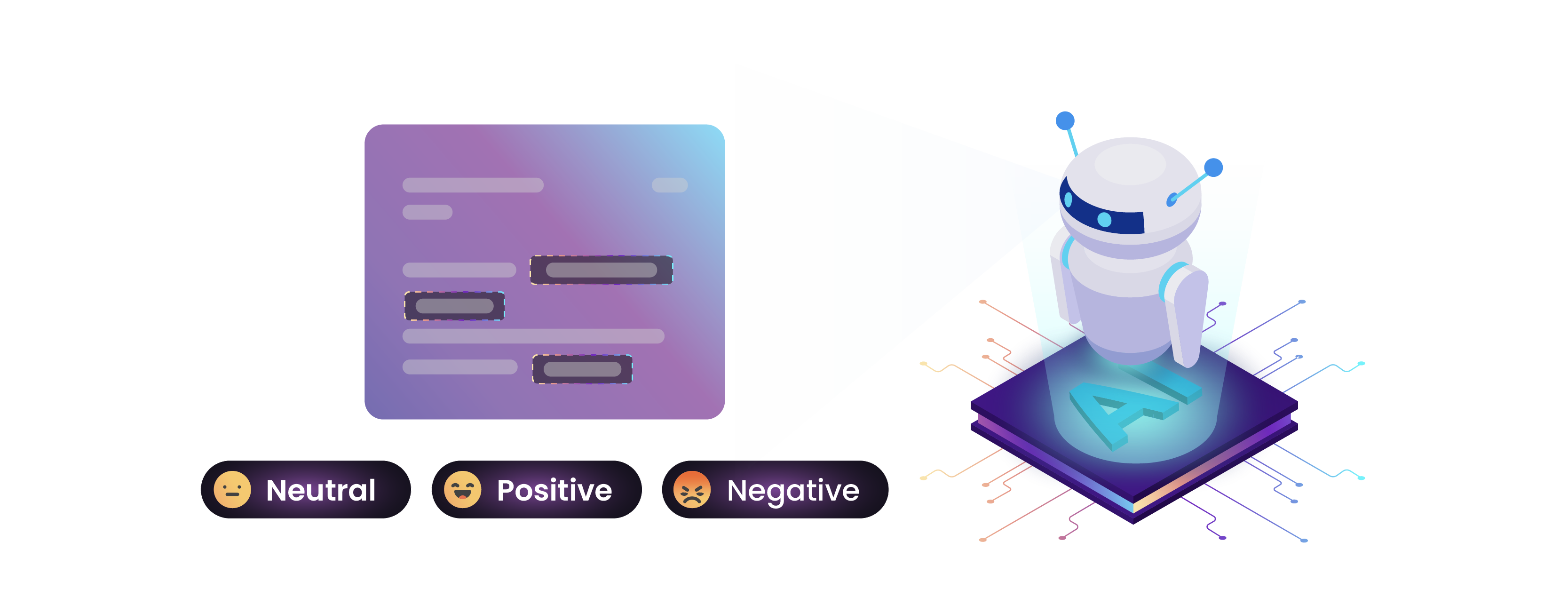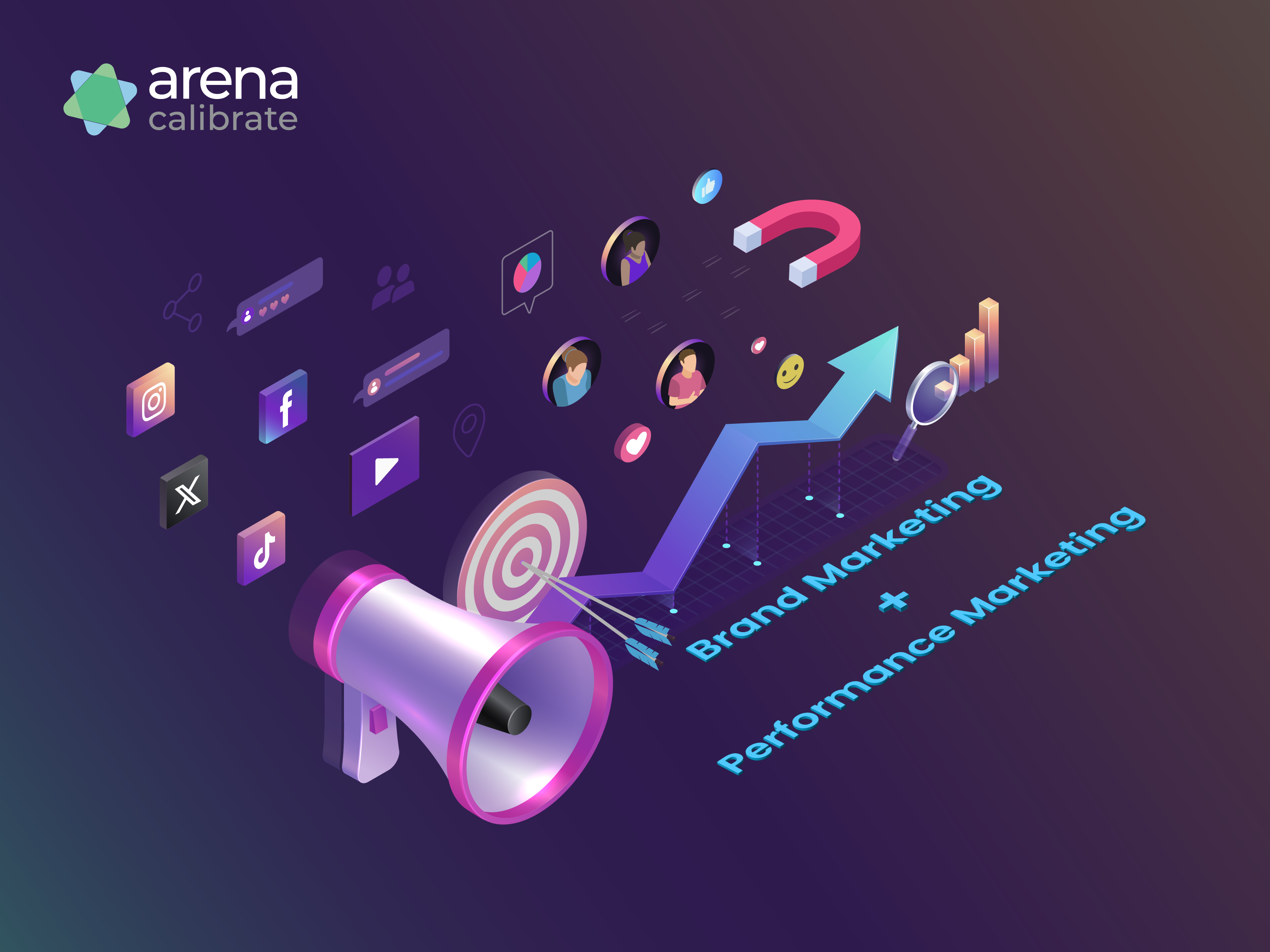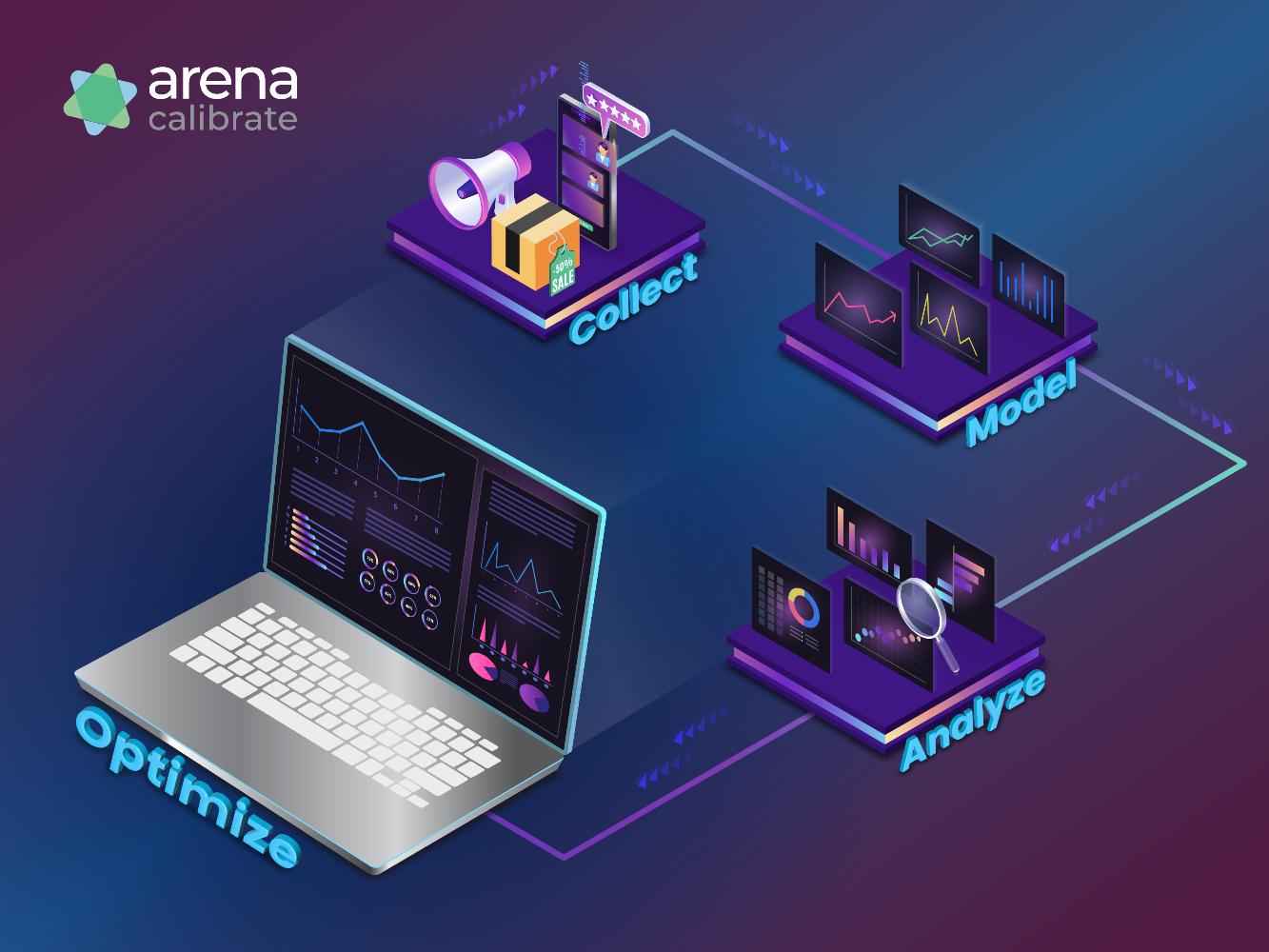It’s 2023 and AI has shaken up the business world. Savvy and agile businesses have already adopted AI, using it as a turbo engine that supercharges all marketing activity and allows them to make quantum leaps at remarkable speed.
AI marketing metrics have proven to be an incredible by-product of this technology. Like magic, they can sift through reams of data, identify hidden patterns, use historical data to predict future outcomes, create hyper-personalized targeting, and automate laborious processes - all at supersonic speed.
And it doesn’t end there.
With the introduction of AI marketing metrics comes the birth of AI-powered sentiment analysis – a measurement tool that reveals exactly what your customers think of you.
When leveraged properly, these valuable insights empower you to make critical adjustments to your marketing campaign, resulting in more targeted ads, compelling content, and impactful communications.
It’s another AI marketing gift that’s taken us into unchartered territory. And in this article, we’re going to show you how to leverage AI sentiment analysis to level up your marketing campaigns.
Ready to find out more?
Let’s get started.
What are AI marketing metrics?
AI marketing metrics are data and measurements obtained through the application of artificial intelligence techniques to analyze marketing campaigns. Unlike traditional metrics, the AI version strips away any redundant obscurities in your data, revealing the naked truth of the investigations in your marketing campaigns.
Instead of focusing on surface-level indicators like click-through rates, AI marketing metrics rivet their attention on customer sentiments, preferences, and emotions, providing you with a more comprehensive understanding of your customer’s behavior.
Yes, you may have scored a good CTR but does this metric reveal the reason why your customers clicked on your ad? And this leads us to our main focus of discussion, the power of AI sentiment analysis.
Note: There’s been a craze around AI marketing in 2023. Check out our blog to discover the 3 most common AI marketing myths that will stunt your growth.
How AI-powered sentiment analysis can strengthen customer relations

AI-powered sentiment analysis refers to the automated process of extracting and interpreting sentiments expressed in text data using artificial intelligence technologies.
It’s like having a smart tool that can understand how customers feel about your brand based on what they write or say. This enables you to figure out exactly what customers think of you by analyzing the words and patterns in their feedback.
A year ago, you would have had to trudge through an array of customer reviews, interactions, and social media conversations to answer these questions. Now, AI can do it for you, providing the following benefits:
- Improved scalability: AI can process and analyze data volumes at great speed, accommodating the vast amount of user-generated content available online.
- Enhanced accuracy: Machine-learning models trained on extensive datasets can detect subtle nuances and contextual information in your customers’ language, allowing you to interpret their opinions with precision.
- Real-time insights: AI-powered sentiment analysis allows for the immediate processing of data, enabling businesses to monitor and respond to customer sentiments in real time. This agility improves customer engagement and overall campaign effectiveness.
How to use AI Sentiment Analysis to optimize your campaigns
Powerful marketing boils down to how well you understand your target market. Uncover this and marketing becomes a lot easier. Sentiment analysis can provide you with this gift, allowing you to change your marketing communication until it resonates with your customers. Below is a six-step process on how to use AI sentiment analysis to optimize your marketing campaign:
1. Gather data
Gather relevant data from various sources such as social media platforms, customer reviews, surveys, and feedback channels. This data will serve as the foundation for your sentiment analysis.
2. Clean data
Cleanse and preprocess the collected data to remove noise, irrelevant information, and duplicate entries. This step ensures that the sentiment analysis model receives high-quality data for accurate results.
3. Select the right model
Choose an appropriate AI sentiment analysis model that aligns with your specific campaign goals and data characteristics. Consider factors such as the type of data, language requirements, and sentiment categories you want to analyze.
Evaluate and test different models to find the one that provides the most accurate and relevant results for your campaign context.
4. Train and fine-tune your model
If necessary, train the selected sentiment analysis model on your domain-specific data to improve its performance. Fine-tune the model by providing labeled data for sentiment classification, helping it better understand the sentiments expressed in your target market.
5. Analyze data and results
Apply the trained model to analyze the sentiment of your collected data. Extract sentiment scores, sentiment distributions, emotional analysis, or other relevant metrics to gain insights into customer perceptions, preferences, and emotions. Understand the overall sentiment trends and specific sentiment patterns within your target audience.
6. Use insights to optimize your campaign
Leverage the insights generated from the sentiment analysis to optimize your marketing campaigns. Tailor your messaging, content, and creative elements to align with the sentiments and preferences of your target audience. Make data-driven decisions in areas such as product development, customer service, and communication strategies based on sentiment analysis findings.

Key AI marketing metrics to monitor from AI sentiment analysis
Like any form of data analysis, there are key metrics that you need to keep an eye on to draw up conclusions from your investigation. For AI sentiment analysis, these metrics are:
- Sentiment score: represents the overall sentiment polarity, indicating whether the sentiment expressed in text data is positive, negative, or neutral. This metric helps gauge the overall sentiment trend and track changes over time.
- Sentiment distribution: breaks down sentiment into categories or segments, providing a detailed view of sentiment distribution. It allows businesses to identify specific areas or aspects that generate positive or negative sentiments, enabling targeted improvements or capitalization.
- Emotional analysis: focuses on identifying specific emotions expressed in text data. Metrics such as the intensity of emotions (e.g., happiness, anger, sadness) or emotional trends offer insights into customer emotional responses and can guide marketing strategies to evoke desired emotional connections.
- Opinion mining: involves extracting and categorizing opinions expressed in text data, such as customer reviews or feedback. This metric helps businesses identify key opinions, preferences, or pain points, providing valuable guidance for product development, customer service improvements, and campaign optimizations.
Take Your AI Marketing to the Next Level with Sentiment Analysis
AI marketing has created an explosion of opportunity that can propel us closer to our goals through more accurate marketing campaigns. At the heart of it all is sentiment analysis, enabling us to get into the minds of our customers to find out how they react to and perceive our brand.
With these insights, we can refine our marketing communications to create messaging that perfectly resonates with our target market. And what does this lead to? Less guesswork. More data-based decisions. And a digital marketing campaign that maximizes growth.




